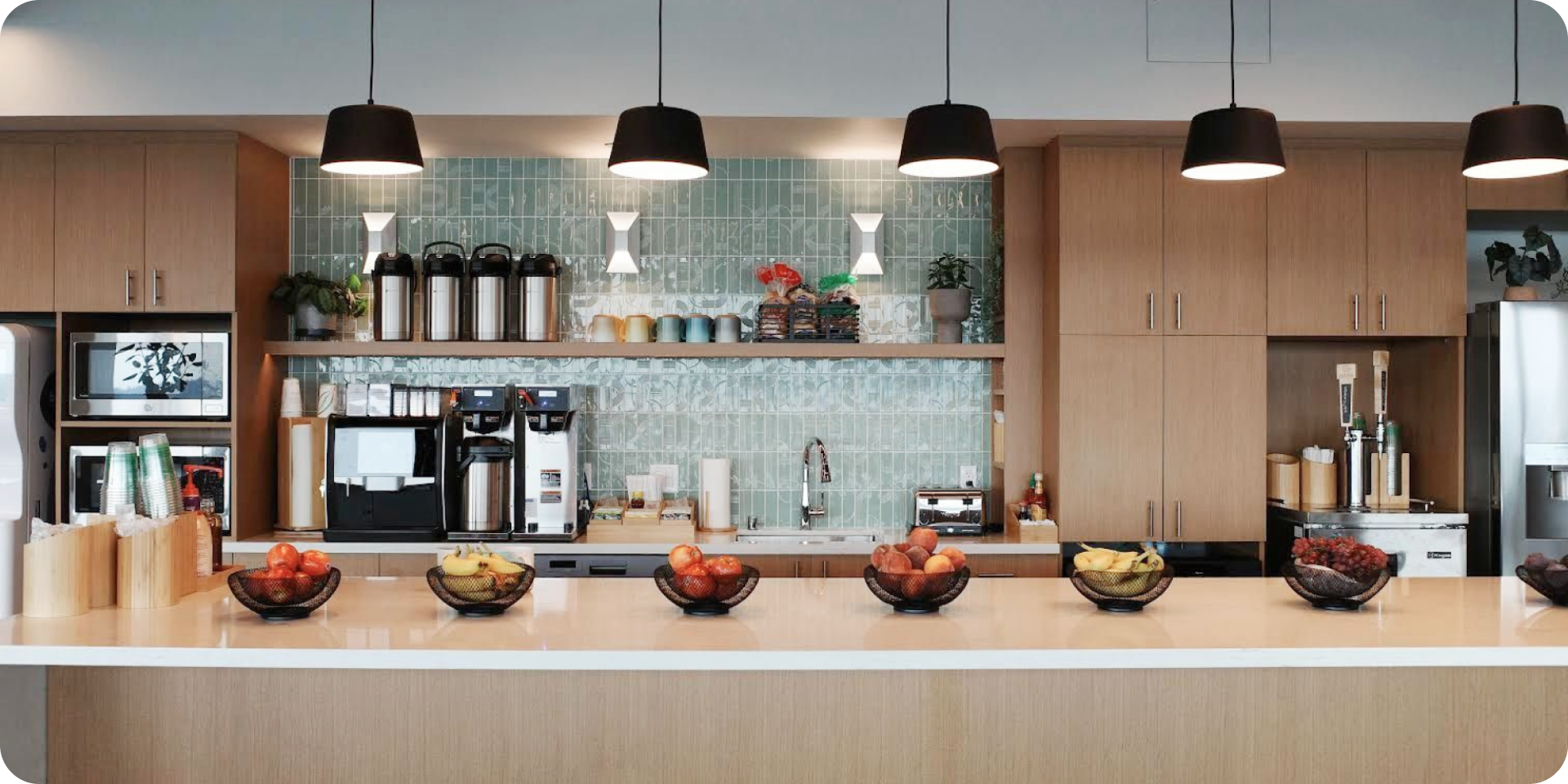Nate’s entrepreneurial roots trace back to 1919, when his grandfather’s grandfather started the Canadian Fur Company. Working in the store as a kid sparked his passion for business. After earning a degree in Chinese from Northwestern, Nate joined McKinsey & Company, where he discovered how outdated vendors frustrated workplace teams. A lifelong snacker and problem-solver, Nate co-founded Crafty in 2015 to help companies craft better workplace experiences. Today, as CEO, he leads a team revolutionizing the F&B space through technology and expert service to build stronger workplace communities nationwide.
How US Tariffs Could Impact Your Office Food Program
Understanding the ripple effects of tariffs on your corporate pantry program and how to stay ahead.
✍️ Written by Nate Rosenstock
🕚 5-Minute Read • Updated Friday, August 15, 2025

Editor’s note: Since the publication of this post, the U.S. has implemented a 90-day pause on reciprocal tariffs. While this temporary measure may affect some of the considerations outlined below, the broader implications remain relevant.
With recent tariff announcements making waves across industries, many workplace leaders are asking how these changes might impact their office food and beverage programs—and work culture as a whole. Given Crafty’s mission to simplify and optimize complex processes, it feels important to weigh in on this topic, especially when economic uncertainty is top of mind for so many in the business community. While it’s tough to predict the full impact, I wanted to share some insights and practical advice to help navigate the challenges ahead.
What Is a Tariff—and How Do Tariffs Work?
A tariff is essentially a tax on goods brought in from other countries. When materials or products cross a border, the government may apply a fee—typically a percentage of the item’s total value. That added cost usually doesn’t stop with the importer. Instead, it tends to move through the supply chain, eventually reaching the businesses and consumers who rely on those products every day.
For example, your favorite cold brew or kombucha might be brewed right here in the US, but the aluminum cans or glass bottles it’s packaged in could be sourced from abroad. If those materials are hit with a new tariff, it increases costs for the brand. These added costs often move down the line—from distributors to retailers, to workplace programs, and even the end consumer. What starts as a small change at the supply level can ripple all the way to your office pantry.
How Tariffs Could Impact Workplace Food Service?
I predict these new tariffs are likely to affect our industry in two significant ways:
- Increased Equipment Prices: Importing essential parts from abroad could become more costly, meaning prices for office pantry equipment may rise.
- Higher Product Costs: Packaging and ingredients sourced internationally may also see price increases. Although Crafty and many of our partners proudly prioritize local sourcing, the reality is that the entire value chain often crosses borders. Think of the cocoa in your energy bar or the beans in your morning coffee.
This combination of factors could lead to unpredictable pricing and potential budget constraints, especially as public and private companies alike respond to market volatility. In particular, when markets perform poorly, businesses tend to tighten their budgets, which could result in fewer items being ordered due to higher costs.
2025 WORKPLACE TRENDS REPORT
HOW WISE SPENDING CAN FUTURE-PROOF YOUR WORKPLACE
Learn how leading organizations take a proactive and technology-driven approach to managing their resources effectively.
5 Ways Workplace Leaders Can Stay Ahead
Here are some proactive steps you can take today to help mitigate the impact:
- Track Product Prices: Visibility is key. Stay informed on price changes as they happen. Make sure your vendors are transparent and communicate regularly about any adjustments.
- Request Proof of Price Increases: Unfortunately, some vendors may use the situation to disproportionately raise prices. Ask for documentation that supports the increases to ensure they are justified.
- Be Flexible with Product Choices: Plan to swap products as necessary. For example, aluminum cans may be affected by tariffs on Chinese imports. Bevi machines and kegerators might offer cost-effective alternatives for your beverage service.
- Focus on Locally Made Products: For example, U.S.-made dairy products like Chobani are less likely to be impacted. Consider leaning into locally sourced items wherever possible.
-
Consider Refurbished Equipment: As a temporary solution, refurbished equipment can help you navigate higher costs while maintaining operational efficiency. Once prices stabilize, reassess your options for purchasing new.
Conclusion
At Crafty, we are committed to helping our clients navigate these changes with flexibility and foresight. As more information becomes available, we will continue to share updates and guidance. For now, keeping an agile mindset and staying informed are essential strategies to maintain business continuity and cost control.
To stay up to date with the latest, be sure to follow me on LinkedIn.
CRAFT
A BETTER
WORKPLACE
Elevate your office food and beverage program with enhanced services managed in one innovative, centralized platform.



